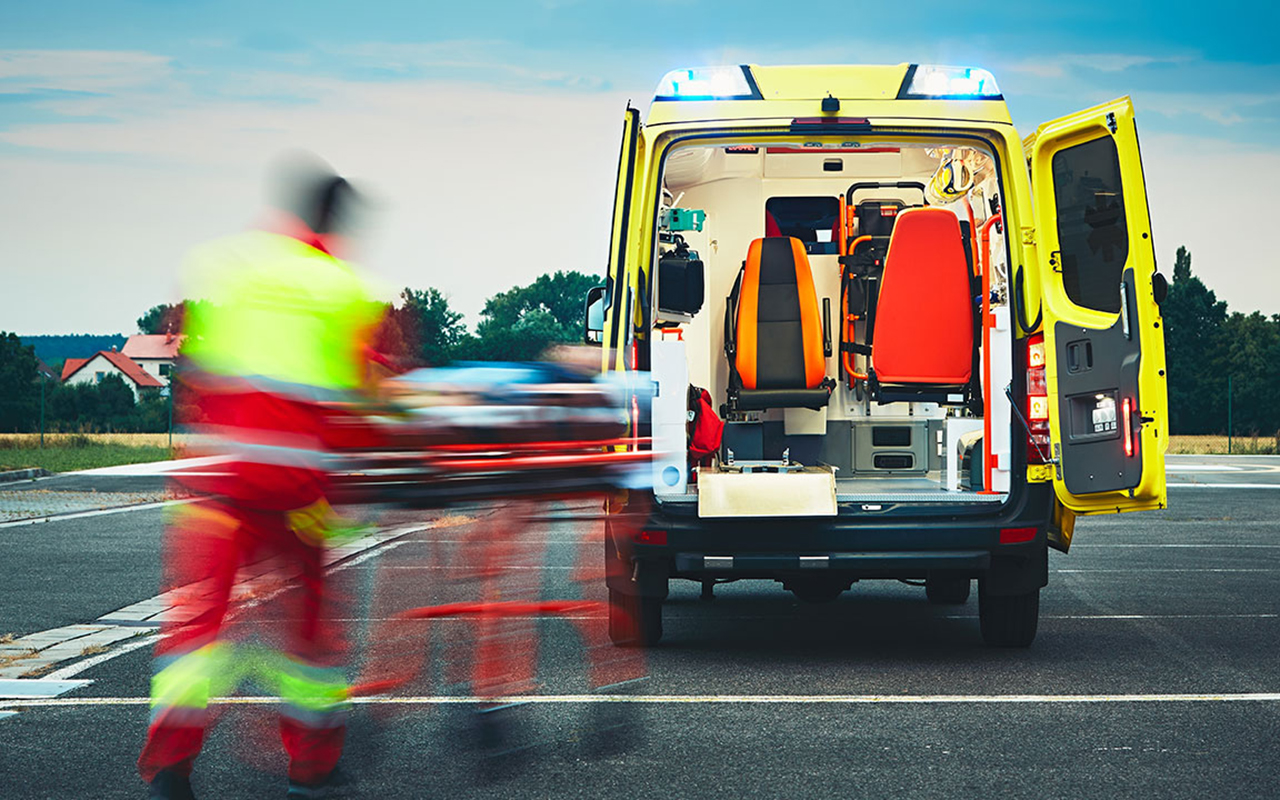AFTER decades at the front line of emergency care, paramedics have this month become the 15th registered health profession in Australia.
In a statement, Associate Professor Stephen Gough, Chair of the Paramedicine Board of Australia, said the introduction of the national regulatory scheme from 1 December was a milestone for the paramedicine profession.
“While paramedics have always had the patient at the centre of everything they do – showing compassion, understanding and empathy to those they provide care – the past two decades have also seen the profession grow in complexity; paramedics are now working in a range of roles and environments, using sophisticated treatments and technology, to provide world class services to Australian communities,” Professor Gough said.
The Council of Australian Governments Health Council announced plans to regulate the paramedicine profession in 2016, and the inaugural Board was appointed in October 2017. The titles “paramedic” and “paramedicine” are now protected by law, and only people registered with the Board can call themselves a paramedic.
Associate Professor Tony Walker, CEO of Ambulance Victoria, said the introduction of the national regulatory scheme was the culmination of more than 20 years’ lobbying by the profession.
“It’s an exciting time for the profession and for the community as well, because it provides a greater level of safety for the [public],” he said.
Professor Walker said that in the past paramedics were mostly employed by jurisdictional ambulance services that ensured quality of care and effective safety controls.
However, he said, paramedics were now being employed outside of ambulance services, in fields such as mining, and this had prompted moves to better regulate the profession.
Marty Nichols, Chair of the Australian and New Zealand College of Paramedicine, said the introduction of a national regulatory scheme reflected the transition of the profession from its roots in transportation and the management of acute conditions, to where it sits today as a true health care provider with many areas of specialist practice.
“This transition has paralleled a change in the education requirements for paramedics from a largely vocationally trained workforce to a degree-qualified one,” Mr Nichols said.
He said the first Bachelor degree in paramedicine was delivered through Charles Sturt University, New South Wales, in the mid-1990s, and now a host of tertiary institutions offered degree courses in paramedicine.
Under the new registration scheme, only NSW will provide a dual pathway to paramedicine, with NSW Ambulance maintaining its vocational training pathway as well as accepting entry from degree-qualified paramedics. All other states will require graduate entry to the profession. Grandparenting provisions have ensured that experienced paramedics are able to gain registration.
“Overall, paramedics have welcomed registration. This achievement follows significant advocacy for more than a decade,” Mr Nichols said.
He said the profession needed a uniform approach to patient safety and complaints management, as well as a consistent approach to ensuring that paramedics are suitably qualified.
“This is a great step to not only lead paramedicine into the future, but also ensure that our patients have the safety net that is provided by having registered health care professionals looking after them.”
Mr Nichols said the traditional role of paramedics had been one of rapid response and transportation, and, in the 1970s, the provision of an advanced life support capability was developed.
“Over the last 10–20 years, the role of a paramedic has changed. While still providing emergency care when required, ambulance service and paramedics have acknowledged their role in health care provision more generally,” Mr Nichols said.
“If, after assessment, it is determined that a patient doesn’t need to go to an emergency department, quite often the paramedic is able to advise the patient their options. This may include self-care with advice, or transport the patient to a more appropriate destination, such as a general practice, medical centre or community health care provider. We can now respond to the needs of the patient and the health system more effectively, with paramedics being seen as a way to improve the whole patient journey through health care.”
Mr Nichols said the paramedic role now goes beyond the traditional state-based 000 ambulance services. Paramedics are able to specialise in areas such as intensive or critical care, extended care, community paramedicine, aeromedical retrieval, and specialist operations, including tactical medicine, as well as industrial, remote and austere medicine. Obtainment of these specialised roles often required postgraduate qualifications and significant clinical experience, he said.
Professor Walker said the change would also boost the morale of paramedics, who have often been viewed as the “handmaidens of the health system”.
“[Paramedics] have been out there every day delivering emergency care, largely unsupervised, but unable to get consideration for registration up to this point,” Professor Walker said. “From a morale perspective, it’s been very positive, paramedics are quite excited about what it means, about movement around the country and particularly in moving into other roles as the profession expands.”
Professor Walker said the introduction of national registration in the United Kingdom in 2001 had led to paramedics taking on new roles in GP clinics and community care.
“I expect registration will open up new opportunities for paramedics to work in a more integrated way in the Australian health system,” he said.
Dr Simon Judkins, President of the Australian College of Emergency Medicine, said emergency physicians and emergency department staff shared a close working relationship with paramedics.
“They are an important part of the health system and help us provide emergency care to patients,” Dr Judkins said. “As the Paramedicine Board of Australia has stated in the past, regulation means each individual paramedic meets national standards and is suitably trained and qualified. And that’s good news for the public.”

 more_vert
more_vert
@ Anonymous
That’s why medical doctors in Seppoland call themselves physicians ….
So now it’s illegal to call yourself a paramedic unless your are recognised by paramedics as being one – that’s fine. But anyone at all can call themselves a doctor – is that OK?